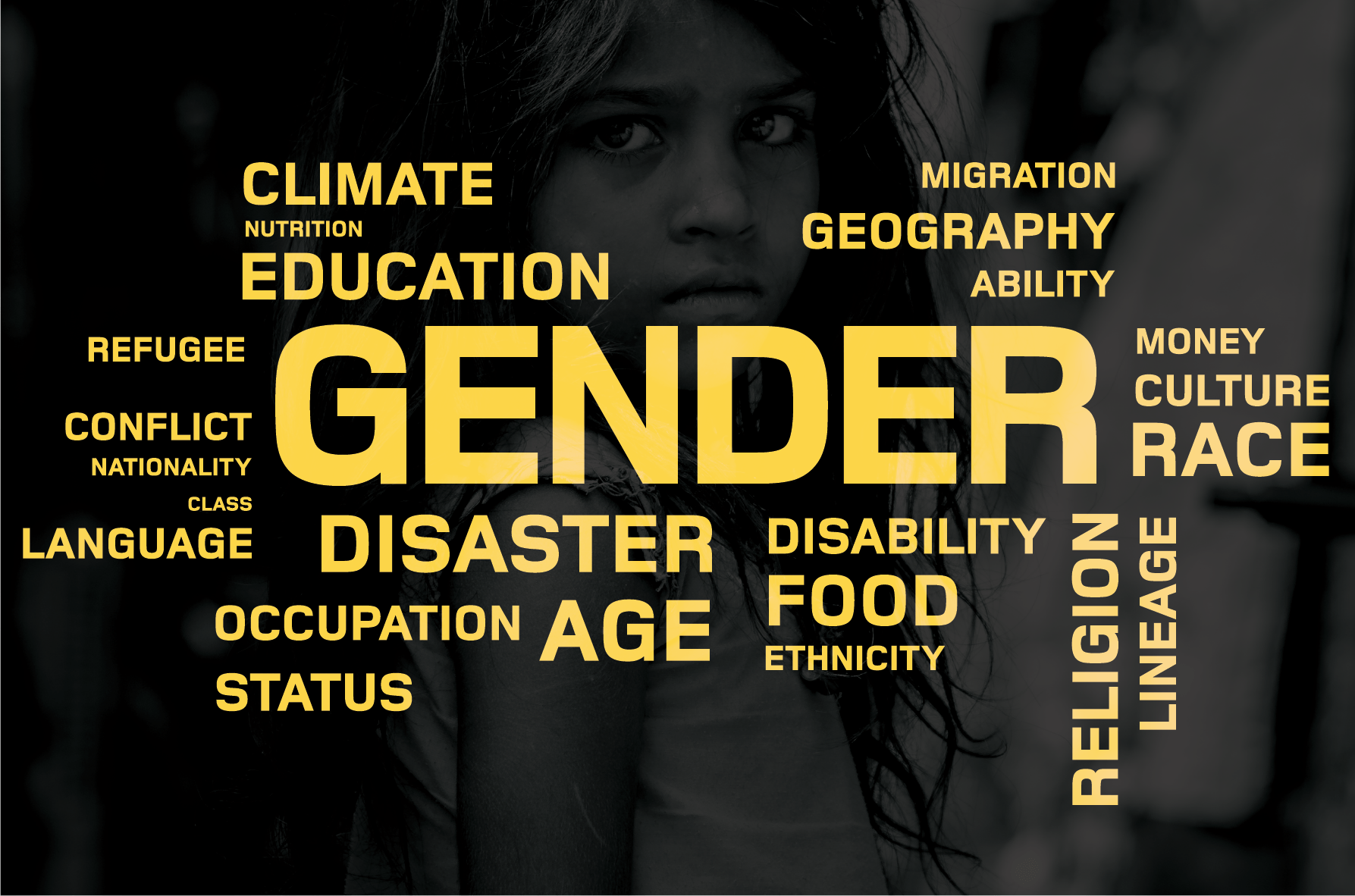SRHR and Intersectionality
It is believed that ‘all men are created equal’, yet inequality reflects in the very sentence. In the course of one’s life, every individual faces discrimination in one way or the other due to invisible (or sometimes visible, such as race) factors. Such as a person’s gender, culture, financial status, geographic location and much more. These factors interconnect, combine and overlap with each other, putting some people in a situation of disadvantage and unfairness, while giving advantage to others. This is known as intersectionality.
Intersectionality initially began as a branch of feminism. The term ‘intersectionality’ was first used by Kimberle Crenshaw in 1989, when she realised that black women are excluded from the conversation on feminism. She asserted that gender and race should be treated as issues that are interconnected with each other.
Built on the foundations laid by Crenshaw, today ‘intersectionality’ comprises more than just the stratas of race and gender.
Intersectionality in Bangladesh
The Sexual and Reproductive Health and Rights of women are most likely to be affected as they are the ones who bear the consequences of social categorisations in the form of violence or negligence. Women who are migrants, poor, have disabilities, affected by climate change, from rural areas, or belonging to religious minorities are the ones who are affected the most.
Rural Women: Rural areas do not have proper health care facilities, clinics or hospitals, especially for providing maternal or neonatal care. Most births take place at home with the help of a birth attendant who may or may not be skilled. This can lead to obstetric fistula. Rural women are more likely to suffer from obstetric fistula because of their poverty.
Women affected by Climate Change: Bangladesh being a riverine country is one of the many countries in the world that is affected by climate change. The effects of climate change- rising water levels and river erosion can push families into economically vulnerable positions as they lose their property, crops and livestock to the devouring water. Read this article to find out how climate change is interconnected with gender: Climate Change, Disaster and Gender Vulnerability: A Study on Two Divisions of Bangladesh
Migration: Bangladesh being a labour intensive country has a large number of women going abroad to find work. However, according to recent reports, a large number of these women have been victims sexual abuse. The Daily Star reported, ‘Sixty-five more women, who had gone to Saudi Arabia as housemaids, returned to Bangladesh on Thursday night, struggling with the trauma of torture in the hands of their employers.’
Refugees: There has been a huge influx of more than half a million Rohingya refugees since 2017 in Bangladesh. Bangladesh has given them refuge, yet they live in overcrowded and unclean slums where even proper water and toilet facilities are not available. In such circumstances, women and girls refuse to drink water and eat enough food so that they don’t have to go to the toilet very often. This can result in severe health consequences.
There are many more factors such as age, lineage, caste, geography etc. that become grounds of discrimination among individuals.
Sources:
- https://iwda.org.au/what-does-intersectional-feminism-actually-mean/
- https://www.dhakatribune.com/climate-change/2019/03/09/moving-beyond-women
- https://www.dhakatribune.com/bangladesh/migration/2018/09/15/no-end-to-women-migrant-workers-grief
- https://www.dhakatribune.com/bangladesh/nation/2018/01/13/water-sanitation-crisis-unfolds-rohingya-camps
- https://reliefweb.int/report/bangladesh/working-women-rohingya-refugee-camps-make-toilets-safer


